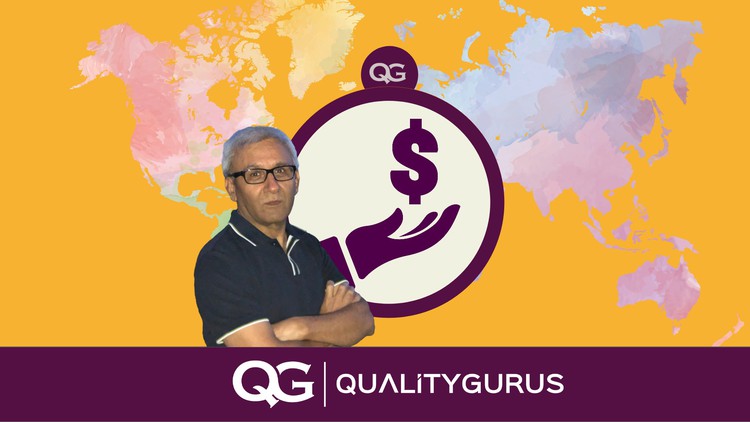
Apply lean management principles in service, healthcare, software, finance, engineering, travel and other industries
What you will learn
A simplified and practical approach to improve non-manufacturing processes.
Understand the difference between value-added and non-value-added activities
Understanding the eight types of wastes in manufacturing and non-manufacturing (service industry) environment
Improve and existing process using ACES approach (Automate, Consolidate, Eliminate or Simplify)
Description
Note: Students who complete this course have an option to apply for the certification exam by Quality Gurus Inc. and can achieve the Verified Certification from Quality Gurus Inc. It is optional and there is no separate fee for that.
Lean Management was originated in the manufacturing environment. It has been widely used in manufacturing around the world to reduce waste in production and to provide value to the customers.
Lean Management is equally applicable to non-manufacturing environments as well. Some of the non-manufacturing sectors where the lean has been successfully implemented include:
- Service industry
- Software industry
- Healthcare industry
- Finance industry
- Product engineering
- Travel and entertainment
- and many other industries
This course will help you to:
- Understand what Lean is, what it is not;
- What are the benefits of implementing Lean;
- The difference in the process improvement approaches using Lean and Six Sigma;
- Gain a deeper understanding of the five basic lean principles;
- Apply lean principles to non-manufacturing processes;
- Understand quality from the customer’s perspective and avoid non-value-added steps from the work processes
- Understand the difference between Muda, Mura and Muri;
- Develop strategies to avoid the eight wastes of lean (TIM WOODS – Transportation, Inventory, Motion, Waiting, Overprocessing, Overproduction, Defects, Underutilized skills)
- Draw a Flow Chart or a Value Stream Map to understand the process
- Improve your management and leadership skills;
A case study will help you consolidate all the learning you gained from this course.
The course has been kept practical so that you can easily implement these principles in your work area. The course also provides the templates needed for improving a process. These include a template for the waste walk, a sample copy of the swim lane flow chart (as a part of the case study).
Content